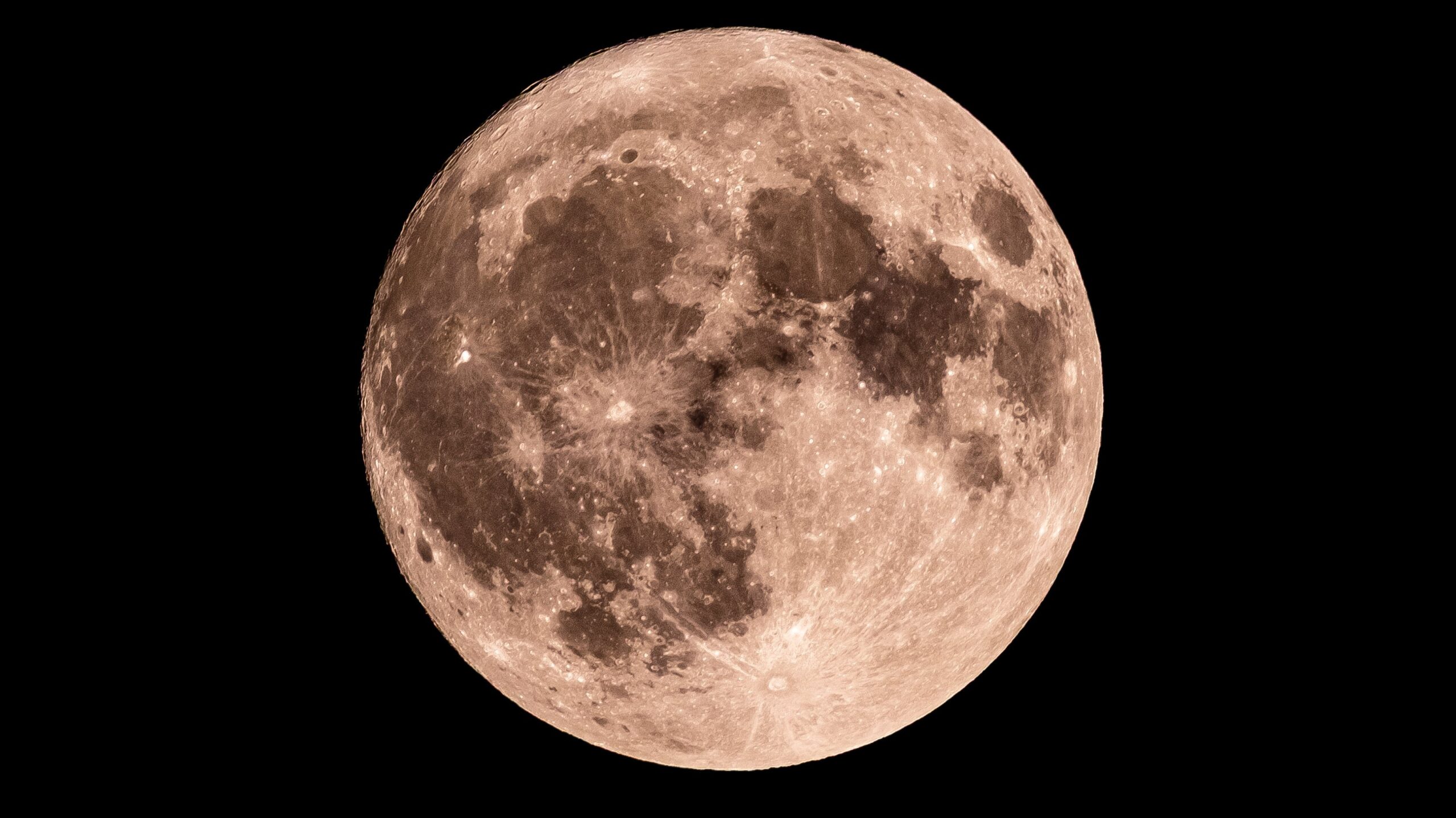As the lunar cycle progresses, tonight’s moon will be in the Waxing Gibbous phase, appearing nearly full. On July 9, 2025, observers can expect to see approximately 98% of the moon’s surface illuminated, according to data from NASA. This phase marks the 14th day of the lunar cycle, which lasts about 29.5 days.
Understanding the moon’s phases is essential for appreciating its beauty and impact on Earth. The various phases occur as the moon orbits our planet, with sunlight illuminating different portions of its surface. Tonight’s view offers a wealth of details for both casual observers and astronomy enthusiasts.
Viewing Tonight’s Moon
For those in the Northern Hemisphere, the moon will showcase several prominent features. Look for the Copernicus Crater at the center, along with the Mare Serenitatis and Mare Tranquillitatis located on the upper right. Observers in the Southern Hemisphere will find these features positioned towards the bottom left.
Using binoculars, you can spot the Alps Mountains, Grimaldi Basin, and Mare Humorum. For those equipped with telescopes, a clearer view of additional landmarks awaits, including Apollo 14, Linne Crater, and the Caucasus Mountains, a mountain range extending about 323 miles.
What Are Moon Phases?
Moon phases result from the moon’s orbit and the changing angles between the Sun, Moon, and Earth. This cycle creates varying visual appearances from our vantage point on Earth. There are eight primary phases in this cycle:
– **New Moon**: The moon is positioned between Earth and the Sun, rendering it invisible.
– **Waxing Crescent**: A small sliver of light becomes visible on the right side.
– **First Quarter**: Half of the moon is illuminated on the right, resembling a half-moon.
– **Waxing Gibbous**: More than half of the moon is lit but not fully illuminated.
– **Full Moon**: The entire face of the moon is bright and visible.
– **Waning Gibbous**: The moon begins to lose light on the right side.
– **Last Quarter**: Again, half of the moon is visible, this time with the left side lit.
– **Waning Crescent**: A thin sliver of light is visible on the left before the cycle starts anew.
The next significant lunar event will be the full moon, occurring tomorrow, July 10, 2025. This full moon will mark the culmination of the current cycle, providing another opportunity for skywatchers to appreciate the moon’s beauty.
Understanding the moon phases enhances our appreciation for this celestial body. Whether for scientific inquiry or simple enjoyment, the moon continues to captivate and inspire those who gaze upon it.







































































